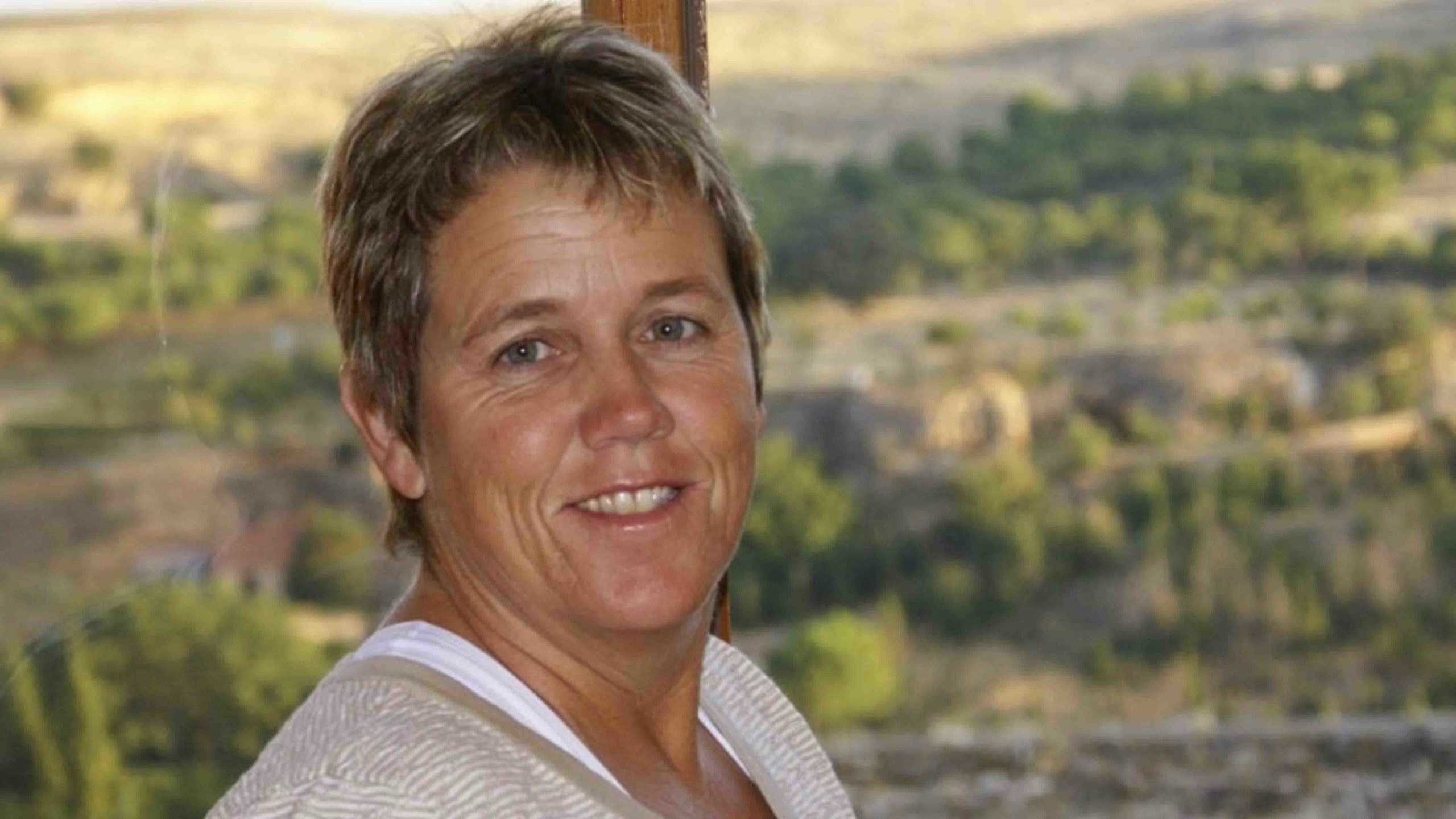Although it appears there is no stopping Colorado’s voter-mandated gray wolf reintroduction program, a draft federal record of decision issued last Friday by the U.S. Fish & Wildlife Service (FWS) will make dealing with problem wolves a lot easier.
Just as the FWS did when reintroducing wolves to Yellowstone National Park in the mid-1990s, the federal agency proposes to treat the Colorado wolf population as a “nonessential experimental” population, in essence treating wolves as threatened rather than fully endangered.
Wolves in Colorado are currently federally protected as an endangered species, limiting the ability of wolf managers to use the killing or “take” of wolves to address conflicts (such as when wolves repeatedly attack livestock or working animals).
Federal Plan
Under FWS’s plan, the federal agency will grant authority to the Colorado Parks and Wildlife Commission to establish an experimental population of gray wolves in Colorado.
FWS will designate the entire state of Colorado as a “nonessential experimental” area for wolves, granting Colorado flexibility in management of wolves within its boundaries (whether their origin is through natural dispersal or through reintroduction, or resulting from both).
Under the FWS plan, wildlife managers may carry out harassment, nonlethal control measures, relocation, placement in captivity, or lethal control of repeatedly depredating wolves.
Although a few wolves currently reside in Colorado (the result of migration from Wyoming), FWS determined that there is no existing “population” of wolves in the state since the agency defines that as “at least two breeding pairs of wild wolves successfully raising at least two young each year (until December 31 of the year of their birth), for two consecutive years.”
FWS reports that only one breeding pair had been identified in Colorado as of 2021, and no reproduction was documented in the spring of 2022 or spring of 2023; “therefore, these two criteria have not been met. According to this definition, no gray wolf populations have been documented in the state.”
Colorado’s Plan
Colorado’s recently revised wolf plan is “predicated on managing wolves in Colorado using ‘impact-based’ management within an adaptive management framework that will allow the State the maximum flexibility to manage wolves while learning how they affect Colorado’s ecosystems.” In addition to the federal endangered status, Colorado also classifies wolves as State Endangered.
Under the state’s plan, in cases where wolves are observed in the act of biting, wounding, grasping killing, or chasing livestock, nonlethal tools will be encouraged before lethal control is authorized. A permit is required for livestock owners to kill a wolf caught in the act of attacking livestock, so permits can be issued retroactively.
During the initial phase of wolf recovery, defined as up to 50 wolves in the state for at least four years, most lethal control actions will be implemented by state and federal agencies, and wolves would not be downlisted to State Threatened status until this point.
Wolves would be removed from the state’s list of protected species and become a nonage species once the wolf population grows to 150 wolves for two successive years, or a minimum of 200 wolves at any time.
The state plan triggers a review for resisting if a population estimate with a lower 80% confidence limit of less than 150 wolves in the state.
Neighboring States
Jurisdictional boundaries are constant but the legal status of a wolf changes if it crosses those boundaries. Thus, a wolf currently in Colorado is an endangered species, and if that wolf crosses into southern Wyoming it is treated as a predatory animal like a coyote, and if it continues to travel into northwestern Wyoming it becomes a trophy game animal.
Likewise, if a wolf moves from Colorado into Nebraska, it retains its endangered status. Once FWS finalizes the experimental status for Colorado, wolves that travel into Nebraska would move from being treated as a threatened species to that of a federally endangered species.
Interestingly, the FWS plan for gray wolves in Colorado also attempts to ensure that Mexican wolves in New Mexico and Arizona won’t be adversely impacted by Colorado’s gray wolf reintroduction. Mexican wolves are federally listed as an endangered species.
The plan calls for wildlife officials to capture and return any gray wolves that leave Colorado and move toward states inhabited by Mexican wolves. It also calls for Mexican wolves to be captured and returned to New Mexico and Arizona rather than remain in Colorado and intermixing with the gray wolf population.
In addition, the Southern Ute Indian Tribe and Ute Mountain Ute Tribe have expressed concern about the release of gray wolves in southern Colorado because of potential impacts to ranching and hunting traditions.
In response to these concerns, the FWS plan will allow lethal take of wolves to reduce impacts to ungulate populations on Tribal lands under certain conditions.
Lethal Take Impacts
The federal plan notes that its management approach “aims to achieve wolf reintroduction goals while resolving conflicts when and where they occur. “
FWS maintains that in the long term, allowing for some lethal control of wolves “would be unlikely to reduce the number of wolves in Colorado because wolf populations are able to sustain relatively high rates of human-caused mortality, and depredations that result in lethal control occur over a relatively small area compared to the entire wolf range and involve fewer packs than the total that exist on the landscape.”
FWS reports that its plan “promotes an adaptive management approach for wildlife managers to support wolf conservation and to implement deterrent tools (lethal and nonlethal take) that reduce the potential for livestock depredation and therefore may increase social tolerance of reintroduction.”
Cat Urbigkit is an author and rancher who lives on the range in Sublette County, Wyoming. Her column, Range Writing, appears weekly in Cowboy State Daily.





